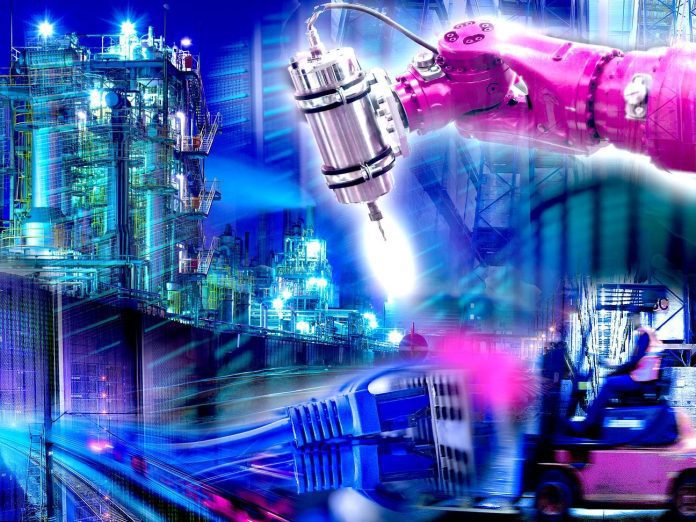T-Systems, the digital services division of Deutsche Telekom, has introduced an on-premise edge cloud solution for lower-latency analytics and automation, and on-site data processing.
Edge-based compute power offers advantages in terms of latency, compared with cloud based data processing. T-Systems said its new platform, called EdgeAIR, will enable so-called ‘real-time’ data transfers, for industrial such as automated guided vehicles (AGVs) and augmented and virtual reality (AR and VR) applications.
T-Systems is targeting customers in the production, logistics, building automation, automotive and energy sectors. The open-source EdgeAIR platform, based on OpenStack, also packs in edge-based analytics, for data programmers to evaluate information on site and adapt processes and models.
The fact it retains compute power on site means data is only required to travel locally, between machines and platform, rather than go up to a central computer centre in the cloud. T-Systems said processing and relaying data at the ‘near-edge’ brings latency down to less than 10 milliseconds; the ‘far edge’, it said, pushes latency times up to between 10 and 40 milliseconds.
It also de-risks operations, as industrial data can be retained exclusively within private enterprise networks, whether wired or wireless. The edge-based solution can also be combined with a public cloud from the likes of AWS and Microsoft Azure, and indeed T-Systems itself, and thus used as a hybrid cloud.
It can also be combined with mobile edge compute functions, tied to LTE and 5G base stations, whether part of the public network or private on-site networking setups.
Deutsche Telekom has deployed a so-called ‘campus’ network with German lighting manufacturer OSRAM at its plant in Schwabmünchen. It is also trialling them with German firms BorgWarner and ZF, and at the RWTH Aachen University. These setups, currently running on LTE, bet set to switch to 5G, include versions of the EdgeAIR platform.
Albert Kroisleitner, senior product manager for edge platforms and solutions at T-Systems, commenteed: “In combination with Time Sensitive Networks (TSN) and a very good Service Level Agreement, our managed platform EdgAIR can meet requirements such as real-time control of machines in a production hall.”
Customers can connect their IoT applications via ready-made connectors. Applications run independently of the underlying infrastructure, as virtual machines or in docker containers as microservices, allowing administrators to control the microservices individually in the event of problems or anomalies.

